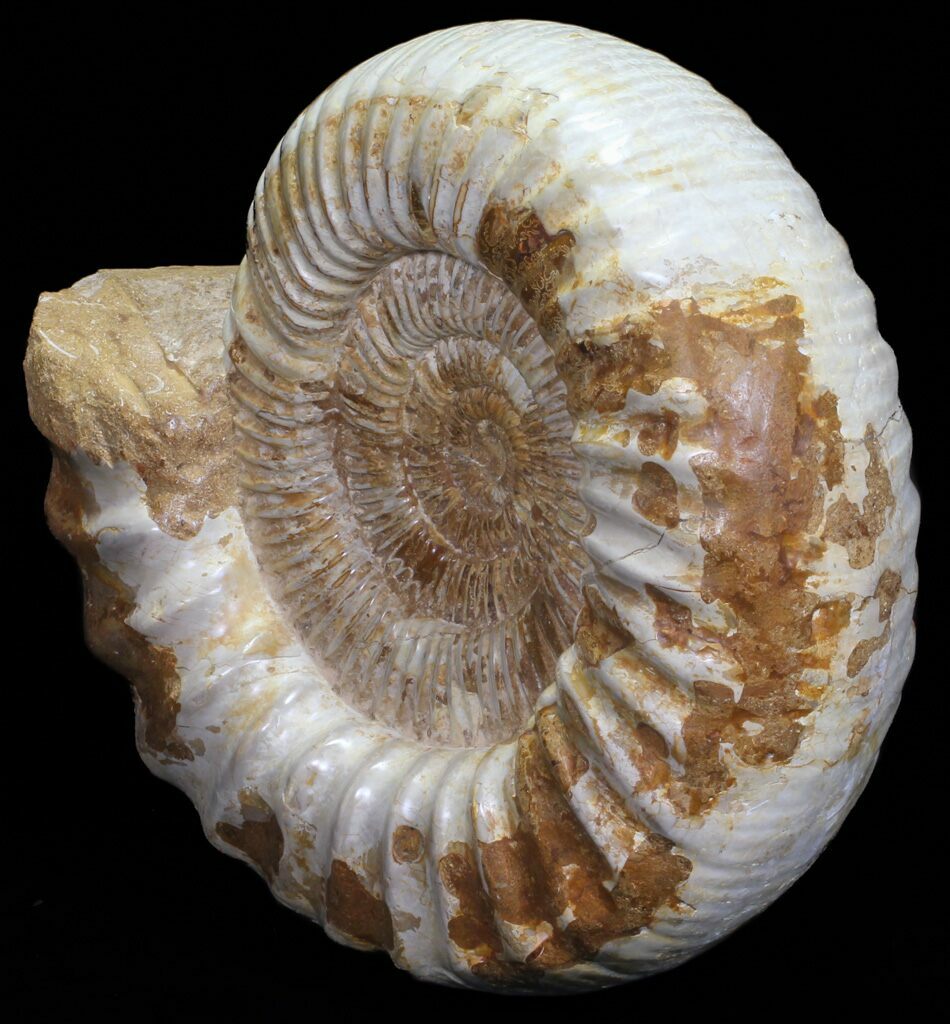

In ammonites the septa are even more complexly folded at the contact with the exterior shell, and so the suture line can be very complex.Īs Norki said, there is no clear relationship between the formation of new camerae (and so new septa/suture lines) and discrete units of time such as years. If the exterior shell is removed, the edge of the septa where they swing forward and back make a suture line with saddles and lobes. In goniatites the septa are curved backward and forward where they join the exterior shell, which increases the area of contact between the parts of the shell and makes it stronger.

In nautiloids the septa are smooth and often slightly concave, so the suture line is straight or slightly curved. To hopefully make it a little more clear, septa are part of the shell that forms the entire surface between camerae (and they are perforated by the siphuncle) and suture lines are the surface expression of the septa where they join the exterior shell. When the exterior shell is removed, the septa where they meet that shell are exposed and can be seen as a line, which is called the suture line. The septa fuse with the outer or exterior shell. The chambers, which are indeed called camerae, are separated by pieces of shell called septa.

Norki's post is excellent, but I need to correct one small thing. Examples would include body chambers that are differently shaped than the phragmocone, differences between juvenile and adult morphologies, or change in direction/angle of shell growth. One reason that the septa might not be a reliable indicator of age is that the growth rate of these animals was likely not geometrically consistent, with some ammonites (particularly heteromorph varieties) even having late or terminal growth stages that are completely differently proportioned to the rest of their development. A researcher would probably have better luck with analyzing isotopic contents of the aragonite in these striations (assuming it's preserved) to determine the rate of growth that way, and possibly even the age. I'm not sure whether or not the septa can be used to determine the age of the ammonite, but on finely preserved ammonites you can sometimes see striations on the outside of the shell that likely correspond to periods of growth. A complete ammonite would also have a body chamber at the end, which normally occupies about another 180 degrees' rotation around the phragmocone in the case of spiral ammonites. Collectively, these chambers are called the phragmocone. The lines are called septa, and they divide the camerae, which are hollow chambers that the animal uses to regulate its buoyancy via osmosis of the blood through a tube called the siphuncle, which passes through each chamber.


 0 kommentar(er)
0 kommentar(er)
